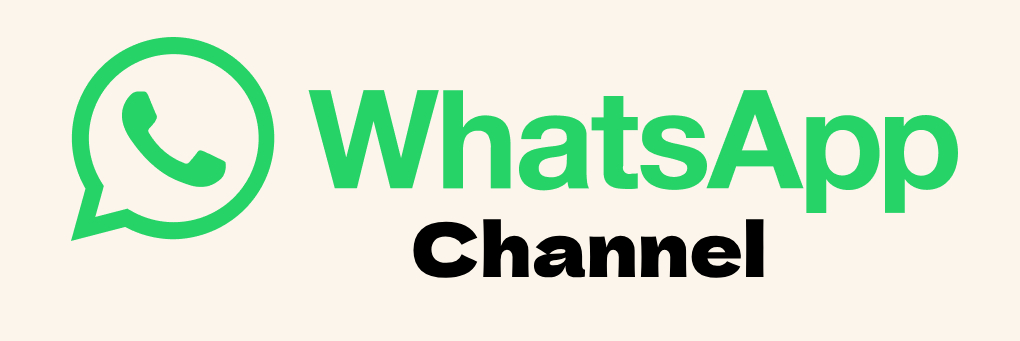Kenyan traders spent nearly Sh28 billion on importing second-hand clothes in the year ending March, highlighting a growing demand for used attire. This trend poses a challenge to President William Ruto’s policy aimed at promoting the local textile industry.
Significant Increase in Import Bill
The import bill for mitumba (second-hand clothes) rose by 33.32 percent during the 12-month review period, reaching Sh27.82 billion, as reported by the Kenya National Bureau of Statistics (KNBS). The demand for used clothes, driven by their higher quality and lower prices, continues to outpace locally made garments, allowing traders in informal markets to enjoy higher margins.
Growing Market Presence
In recent years, traders from China, a key source of second-hand clothes, have opened shops in Gikomba, Kenya’s largest informal market for second-hand goods, to capitalize on the rising demand. “The number of people getting into this business is increasing every day. This is because the capital required is very small, but it requires you to be self-driven to succeed,” said Teresia Wairimu, chairperson of the Mitumba Consortium Association of Kenya.
Economic Impact
Mitumba traders contribute to the economy by paying taxes and receiving support from government agencies, particularly at the port of Mombasa. On average, a 40-foot container of used clothes costs about $50,000, including all taxes and clearance charges. According to KNBS data, traders and households imported 206,580 tonnes of used clothes in the year ending March, a 14.53 percent increase from the previous year’s 180,367 tonnes.
Challenges for Local Textile Industry
The surge in used clothes imports is a setback for the Ruto administration, which has identified the garments and textiles sector as having significant potential for job creation and foreign exchange earnings. However, the sector faces challenges such as high labor costs and low agricultural productivity, which hamper its competitiveness, as noted in the 2024 Budget Policy Statement (BPS).
International Trade Dynamics
The increased imports come at a time when three members of the European Union—France, Denmark, and Sweden—have banned exports of used clothes in line with the Basel Convention on the Control of Transboundary Movements of Hazardous Wastes and Their Disposal. In response, Teresia Wairimu visited Europe to argue against the proposed ban in meetings with officials from Sweden, Finland, and Lithuania.
Regional Trade Policies
Kenya’s commitment to the second-hand clothes trade was evident when it withdrew in May 2017 from a collective East African Community bloc resolution to ban mitumba. This decision came after American suppliers threatened retaliatory action against the ban.





